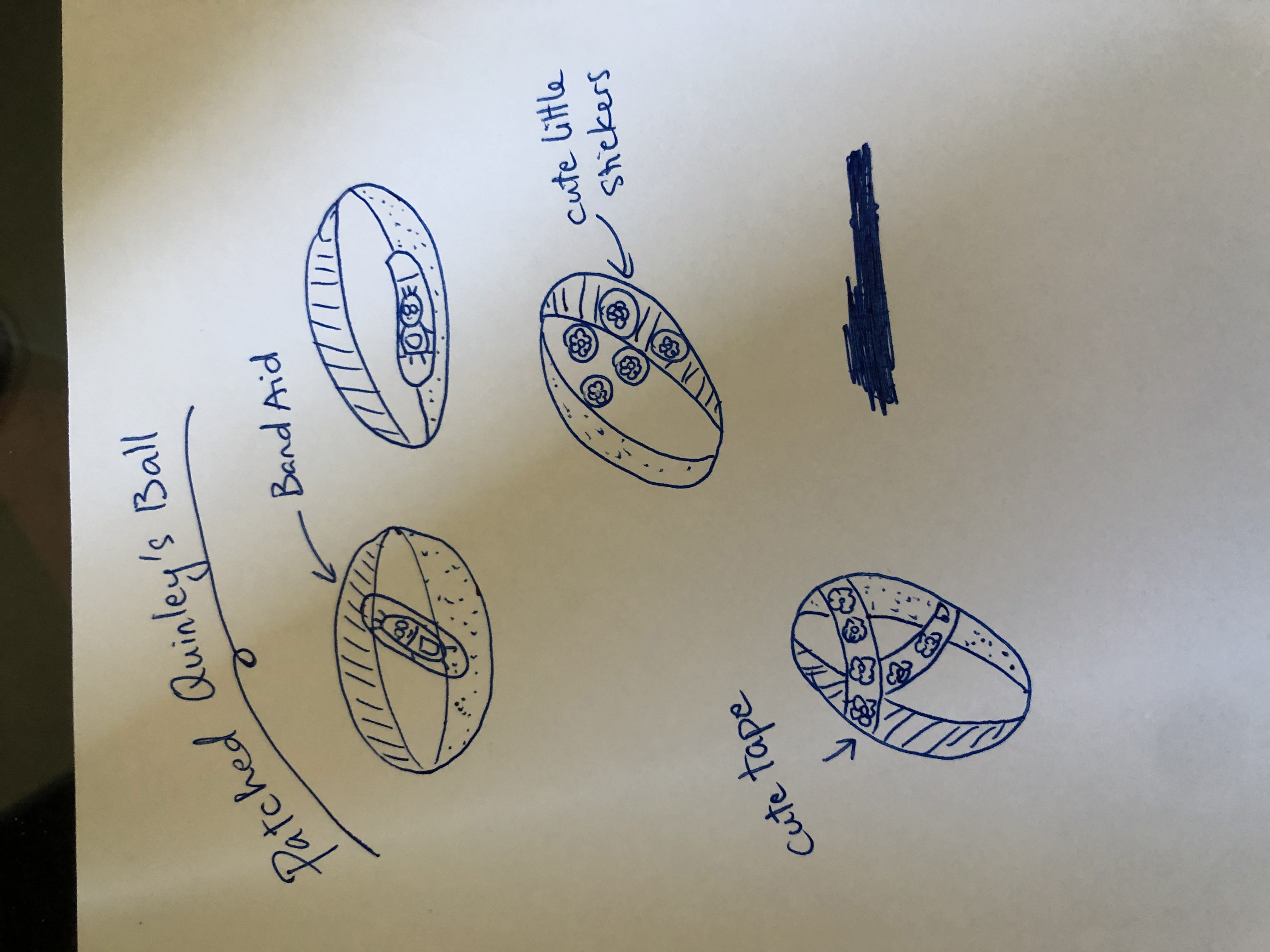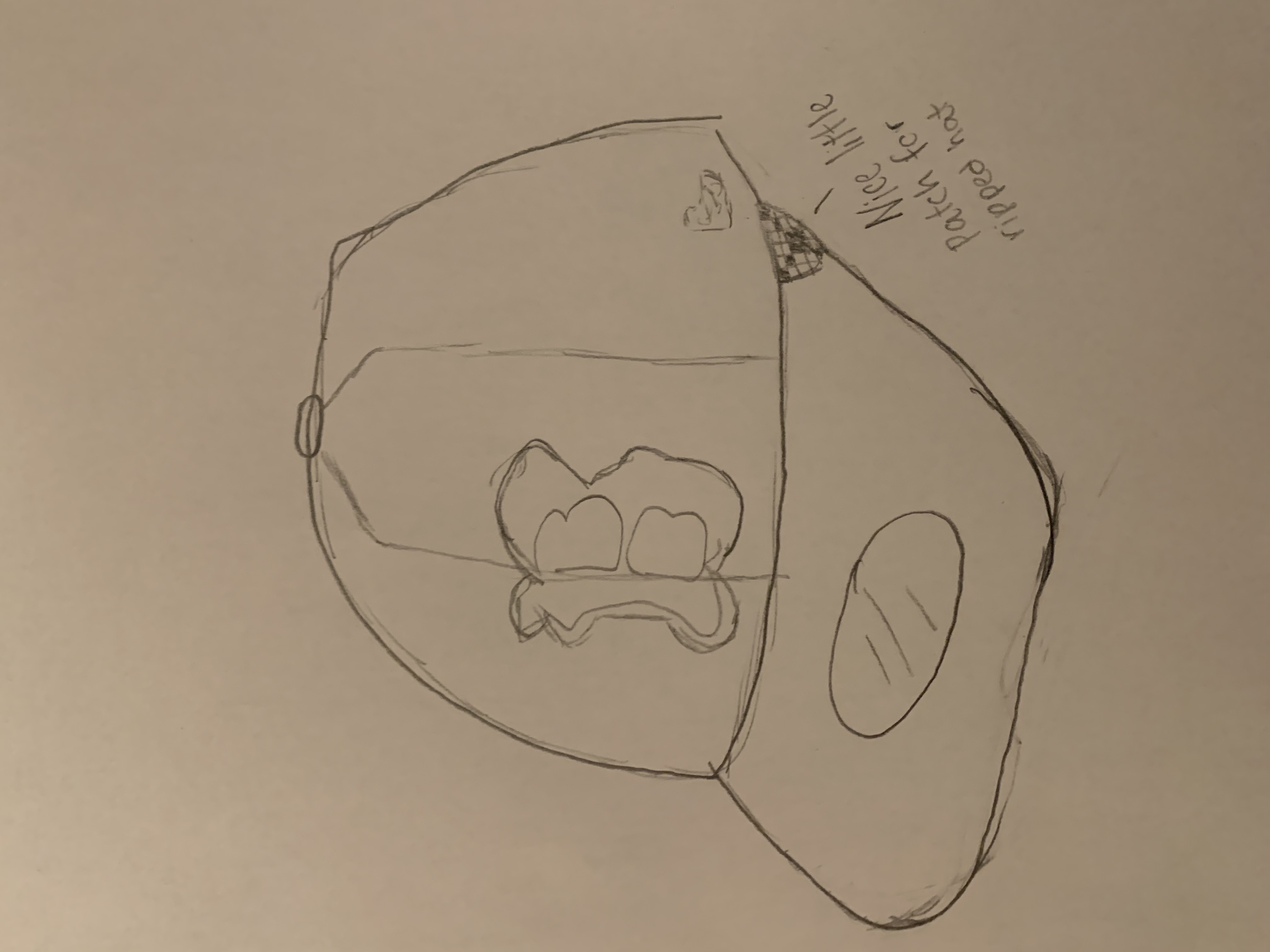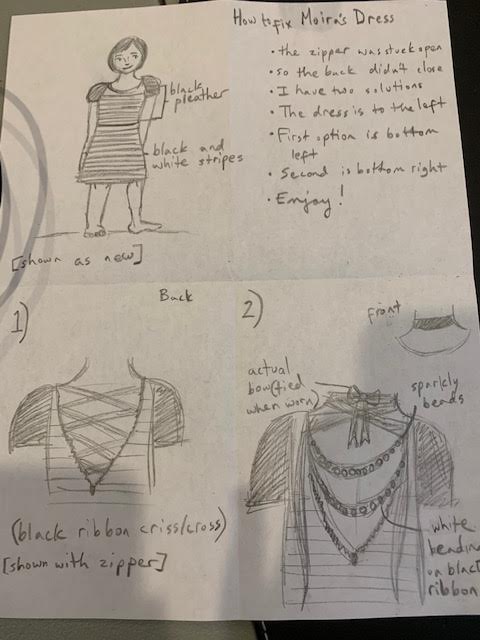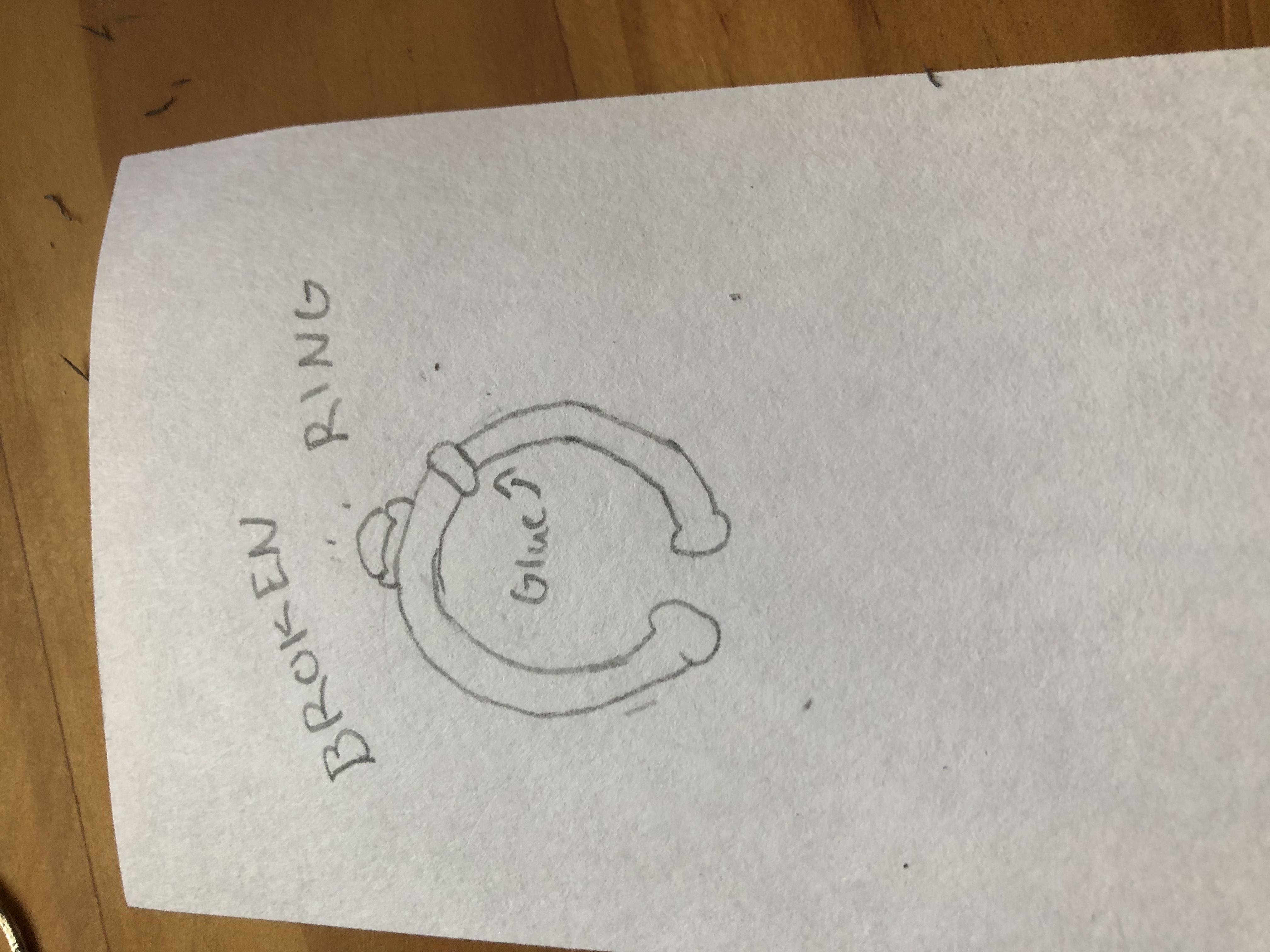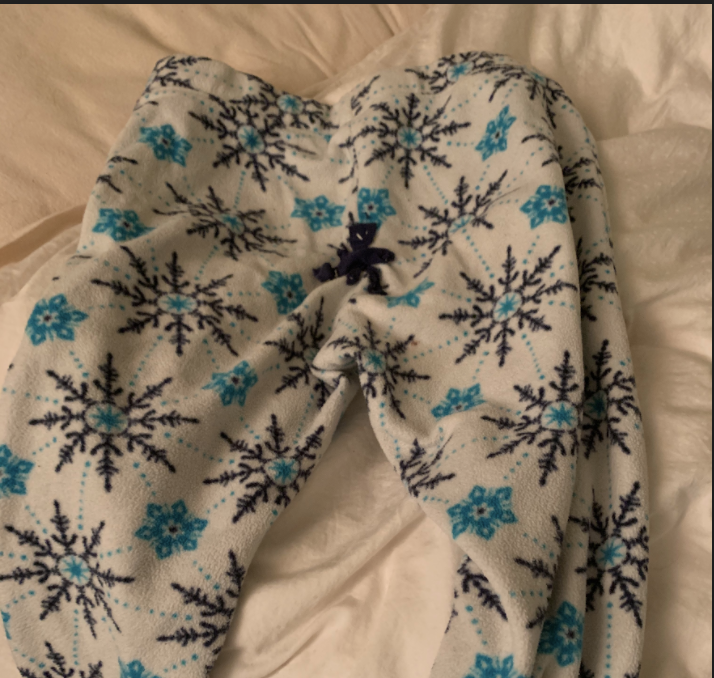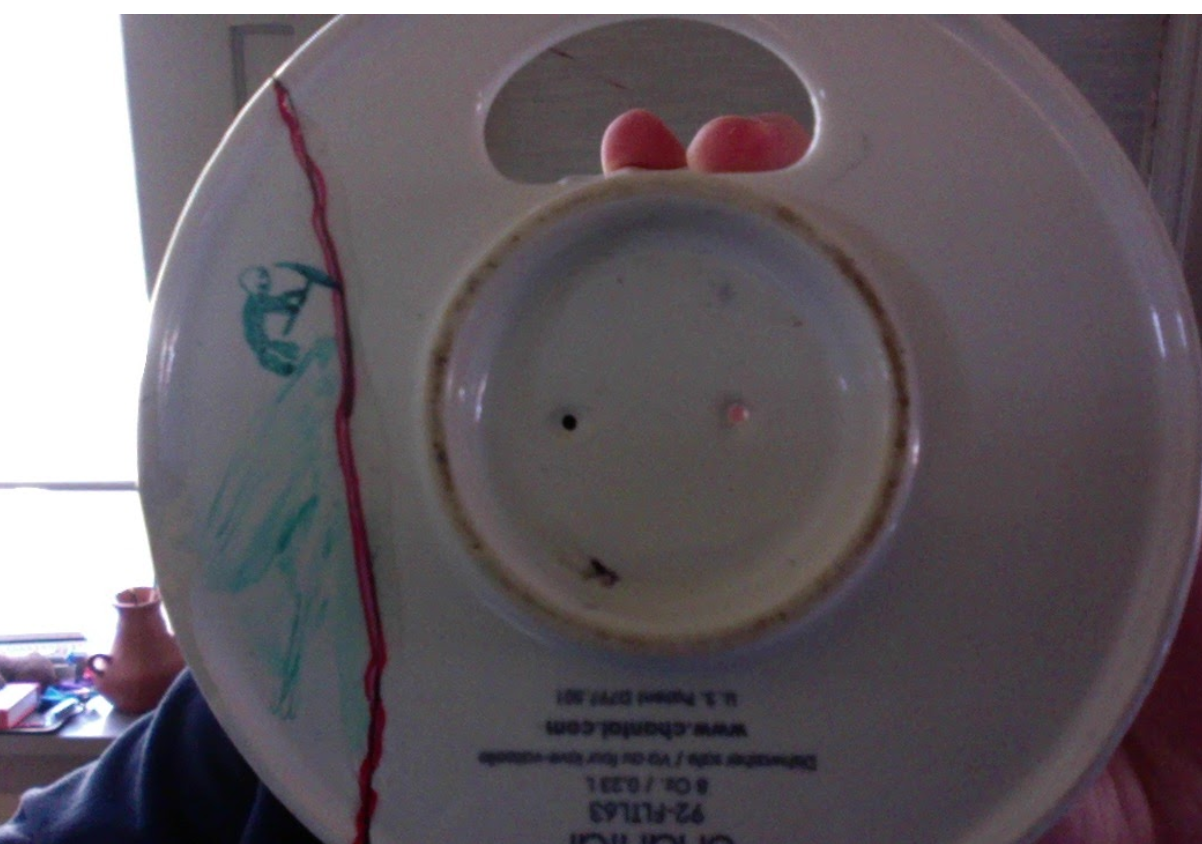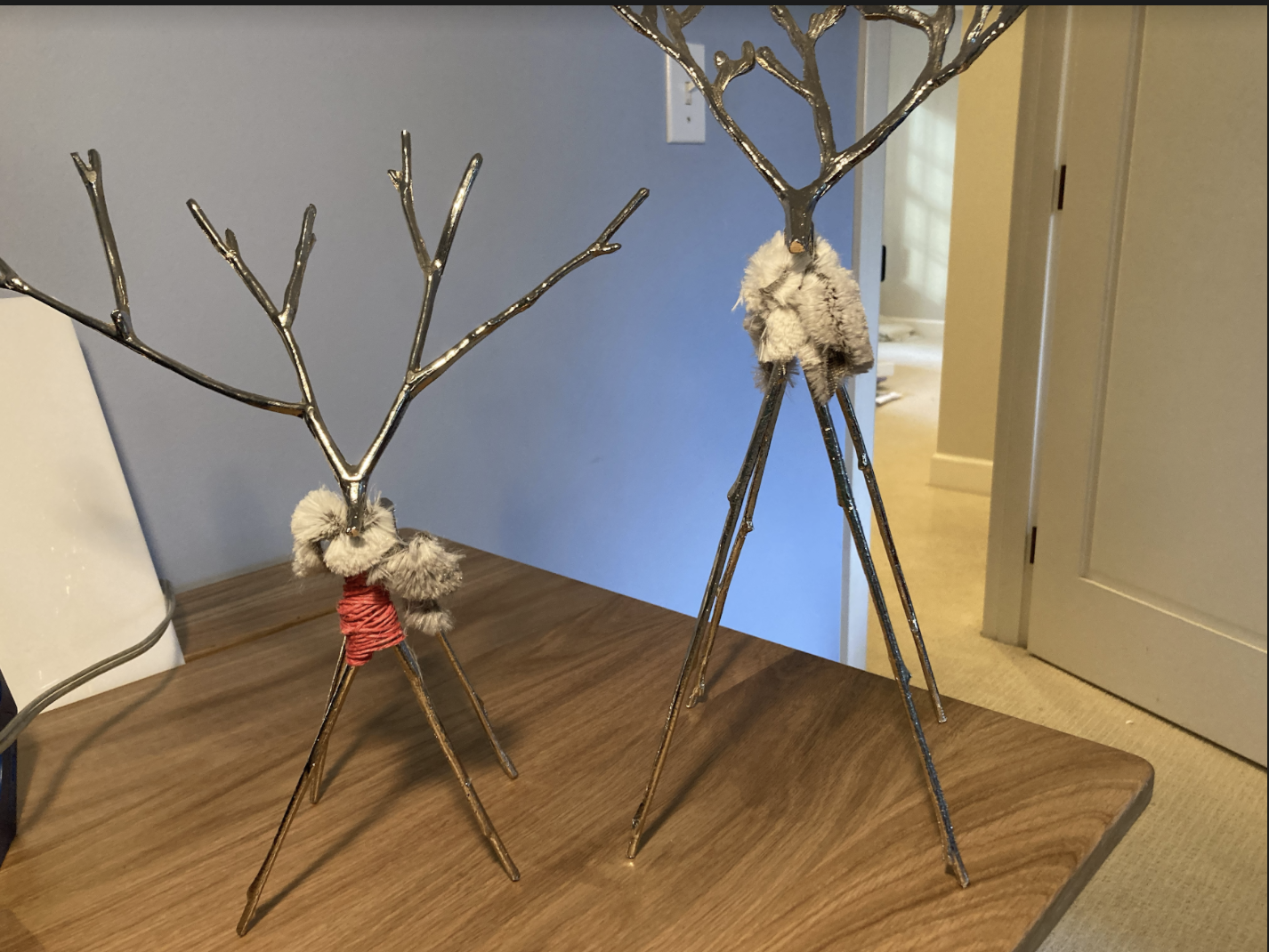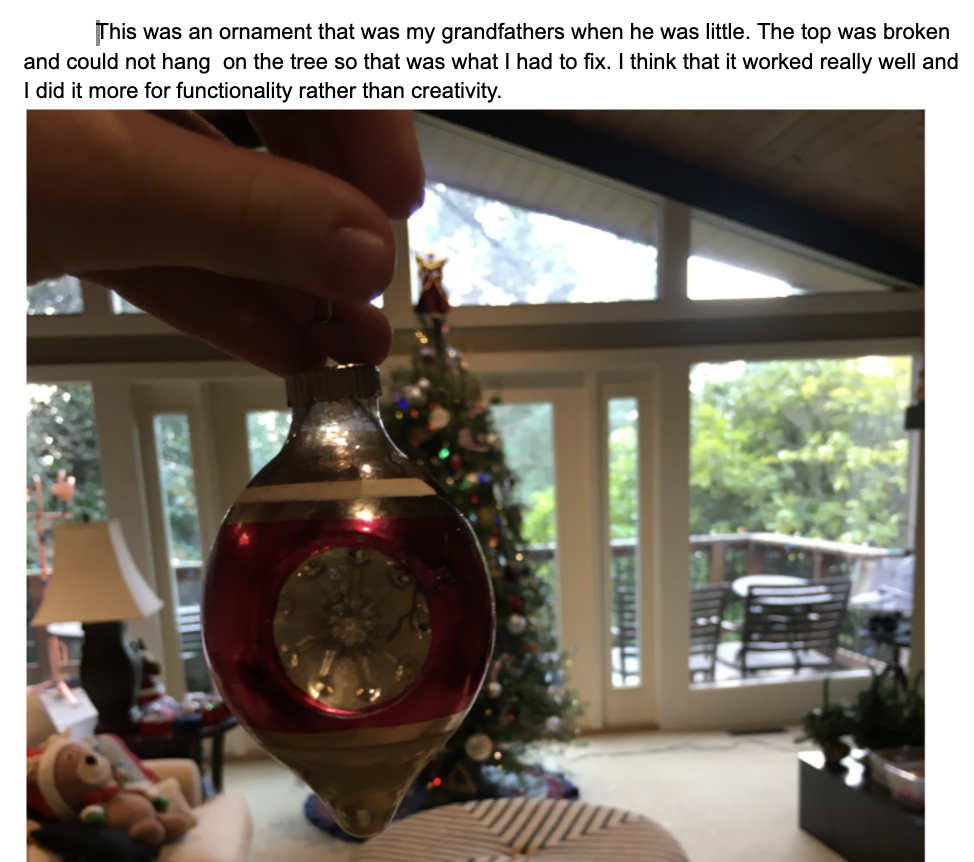Patching Up
While our culture values the perfect, the pristine, and the new, it’s often the imperfections that make an object unique. Japanese culture values mending; this concept is called Wabi-Sabi. Wabi-Sabi is the appreciation of transient beauty — when patching an item is better than buying new. Wabi-Sabi embraces the life the object has lived. For example, your mom’s hand-me-down jean jacket with worn holes and patches might hold memories and sentimental value to you. Imperfections are beautiful and mark the passing of time.
- Interview a friend, neighbor, or family member about an object that they keep even though it’s broken or needs mending. Ask them: How did you get this object? What makes this object special to you? Why do you hold on to it? How did it get broken? Next, talk to them about how you might patch their object. Ask them if they can envision how patching might enhance their item. Encourage them to think creatively and artistically. Ask clarifying questions.
- After your interview, it’s your turn to express yourself creatively. Think about how paper, clay, wood, beads, metal, felt, or string might enhance the item? Be sure to explore all types of patching materials — from the odd, unexpected, and playful, to the beautiful and practical. Don’t feel like you have to make a usable patch. Consider unconventional materials. Your patch can be a piece of art in itself. Or, if you prefer to be practical, you might repair a piece of clothing with a Sharpie or embroider a fabric patch.
- Select the most exciting idea for your patch and create it.
- Take a photo of your patch on your person’s object and share it using the submission form at the top of this page!
